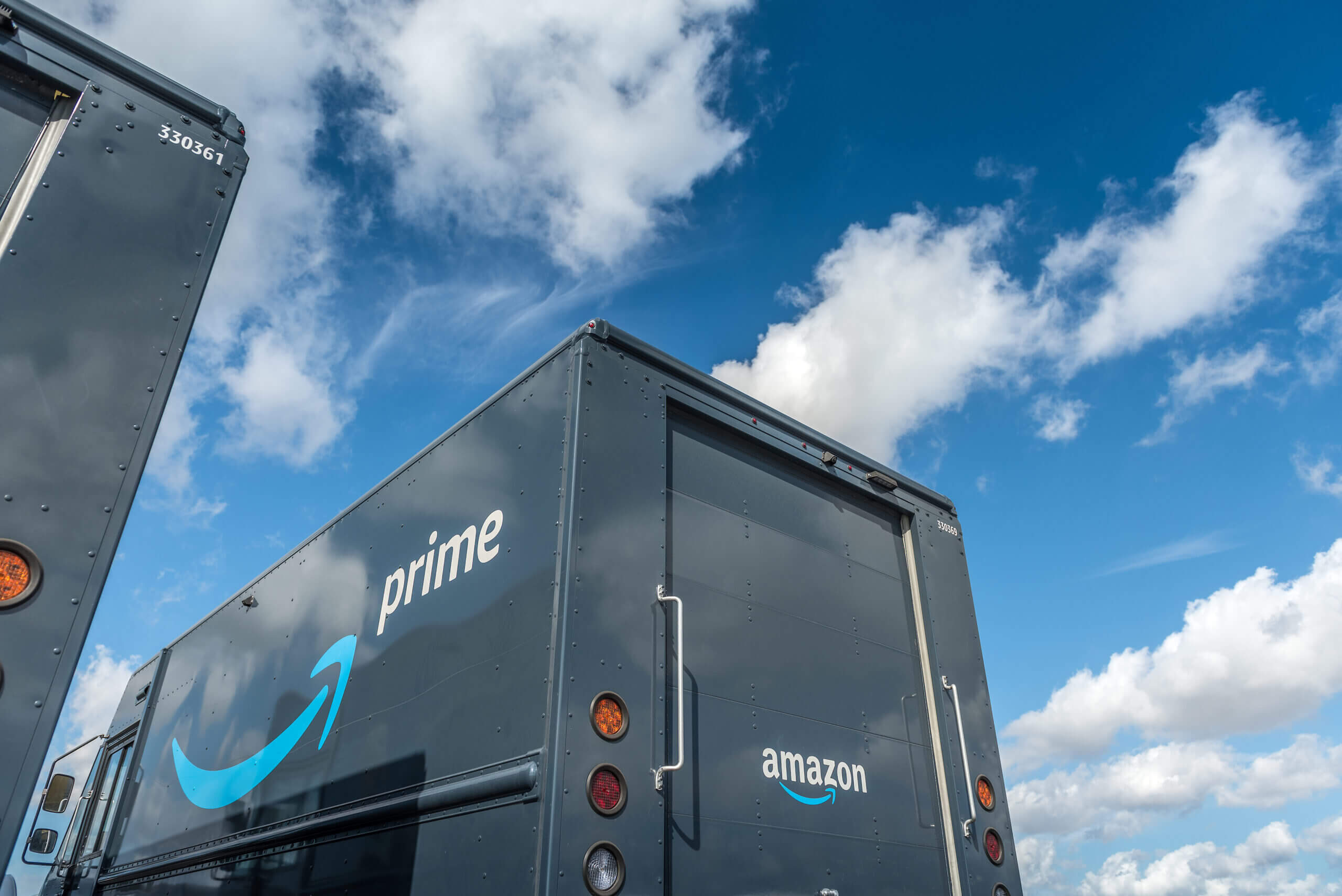As the name implies, inventory financing is used by businesses to acquire goods that are sold at a later date. Inventory financing is useful for startups that have exhausted other efforts to secure financing or for small businesses with seasonal inventory. While easier to acquire, it is important to note that inventory financing may present challenges such as higher interest rates and shorter payment periods.
Key points:
- Inventory financing is a form of asset-based lending that allows companies to leverage their inventory when taking out a loan.
- This type of financing option usually comes in the form of an inventory term loan or an inventory line of credit. Both types of inventory financing business loans help small to medium-sized businesses provide better customer experience by keeping their most popular items in stock during peak shopping seasons.
- Inventory financing loans are easier to acquire but may have less favorable repayment terms.
What are inventory loans?
If you are new to inventory loans, one of the most important things to understand is the concept of loan-to-value ratio (LTV). LTV is a risk assessment factor that lenders use to determine the risk of a particular loan. In simpler terms, the higher the value of your inventory, the more risk a lender is taking on by approving your loan.
Typically, businesses that apply for inventory loans receive up to 80% financing based on the appraised value of their inventory. In the event that a borrower defaults on a loan, the lender reserves the right to seize the purchased inventory and sell them to recover the lent capital.
As mentioned above, this type of asset-based lending uses a business’ inventory as collateral and usually comes in the form of a term loan or a line of credit.
What is an inventory term loan?
An inventory loan is a short-term loan that allows businesses to receive the full amount of money upfront to be used only for purchasing inventory. Like other term loans, an inventory loan should be paid back in fixed monthly installments over a predetermined time period.
What is an inventory line of credit?
On the other hand, an inventory line of credit is a revolving line that businesses can access as needed. What sets an inventory line of credit apart from an inventory loan is that it offers more flexibility especially for businesses that require funding for ongoing inventory purchases. A line of credit’s repayment terms differ from a term loan as you only pay interest on the amount that you have borrowed and not the total amount available.
When it comes to inventory financing loans, it is important to remember that the amount you can borrow depends on the value of your inventory and how much risk a lender is willing to take when lending you money. As a rule of thumb, most lenders set an LTV ratio of 50% to inventories pledged as collateral. However, it’s also possible that businesses may receive up to 80% financing depending on the inventory’s liquidation value.
Is inventory financing secured or unsecured?
Typically, loans fall into one of two main categories: secured loans and unsecured loans. The main difference between the two is that secured loans require borrowers to pledge collateral while unsecured loans do not. An inventory financing loan is technically considered as a secure loan since it is secured by a business’ inventory.
What are the most common reasons a business may require an inventory loan?
There are a number of reasons why businesses apply for inventory financing. Let’s take a look at some of the most common reasons below:
Reason #1: To address cash flow issues
- It’s a known fact that most, if not all, businesses experience busy and slow seasons. An inventory financing loan can help keep you afloat during periods of fluctuating demand.
Reason #2: To take advantage of bulk discounts
- Who doesn’t like discounts? As a business owner, an inventory financing loan can help you take advantage of bulk discounts even if you are currently experiencing poor cash flow.
Reason #3: To acquire additional financing
- It goes without saying that inventory financing is easier to acquire compared to other types of loans. If your business has had no luck after exhausting every avenue to acquire additional financing, then inventory financing may be right for you.
Does your business qualify for inventory financing?
If you’re serious about pursuing an inventory financing loan, you might be wondering if your business is qualified for this type of funding option. In general, the criteria for an inventory financing loan vary from one lender to another. However, you should at least expect to meet the following requirements in order to qualify:
- Your business must be operational for at least one year.
- You must be able to provide proof that your business is profitable.
- You must be a product-based business with a reliable inventory management system
- You must be able to present relevant and accurate inventory and financial records.
- You must be willing to undergo a due diligence process that would involve an appraisal of your inventory.
Pro tip: To make sure that you qualify, speak with your potential lender directly to determine what their prerequisites are.
Pros & Cons of Inventory Financing
Businesses need steady cash flow to stay competitive. It’s now up to you, the business owner, to determine if inventory financing loans meet your business’s needs. To help you make an informed decision, let’s take a look at some of the advantages and disadvantages of inventory loans.
Pros of Inventory Financing:
- An inventory financing loan may help businesses prepare for peak shopping seasons.
- An inventory financing loan may help businesses that are trying to launch a new product.
- An inventory loan also allows businesses to take advantage of bulk deals and other time-sensitive discounts.
Cons of Inventory Financing:
- Business owners should expect a lengthy and expensive due diligence process when applying for an inventory financing loan.
- An inventory financing loan may require high loan minimums and charge high interest rates.
- When it comes to inventory financing, loans cannot be used for other financing needs. As you may have already guessed, inventory financing loans should ONLY be used to purchase inventory.
What are the costs associated with financing your inventory?
Like other forms of funding, an inventory loan also comes with its own set of fees.
- Appraisal fees – Also known as an inspection fee, an appraisal fee is a payment for an independent appraiser that is tasked to assess the value of your inventory.
- Prepayment penalty – A prepayment penalty is a fee charged by a financial institution if you pay your loan early.
- Origination fees – An up front fee charged by a lender to process a loan application.
- Late fees – A charge that borrowers pay when they fail to make a payment on time.
Keep in mind that the fees associated with inventory loans are determined on a case-by-case basis. This is by no means a comprehensive list of fees that you may encounter when applying for an inventory loan. Again, make sure to get in touch with your potential lender and ask what costs and fees are associated with your loan product before signing a binding contract.
What if applying for an inventory financing loan is not right for your business?
Insufficient capital is one of the many roadblocks that business owners face when running a business. The great news is, depending on your business’s qualifications, you may be eligible for other types of financing that may be more favorable based on your current financial requirements. If you’re open to considering alternative funding options such as angel investors, online loans, and crowdfunding – check out Kickfurther.
What is Kickfurther?
We are the world’s first online inventory financing platform that enables companies to access funds they usually cannot acquire through traditional sources. We connect brands to a community of eager buyers who help fund the inventory on consignment and give brands the flexibility to pay that back as they receive cash from their sales. This alleviates the cash-flow pinch that lenders can cause without customized repayment schedules allowing your brand to scale quickly without impeding your ability to maintain inventory.
Why Kickfurther?
Don’t pay until you sell
Your payment obligation only begins once your sales are made. This alleviates the cash-flow pinch that lenders cause without customized repayment schedules. And helps to free up capital to put into scaling your business without impeding your ability to maintain inventory.
30% cheaper funding
We cost less than factoring, PO financing, and many lending options. We also have higher funding limits.
Fund up to $1m in an hour
Once your deal is approved and goes live, most deals are funded within a day.
We can grow with you
Companies access higher funding limits and often get lower rates as they come back to Kickfurther. This creates a scalable solution that can grow alongside your company.
Final Thoughts
Whether you’re considering applying for a traditional bank loan or trying out inventory financing, you – as the business owner – will be the best person to determine what type of loan makes the most financial sense for you and your business. As with any important business decision, make sure to do your due diligence and get to know the ins and outs of inventory financing before making a decision.









